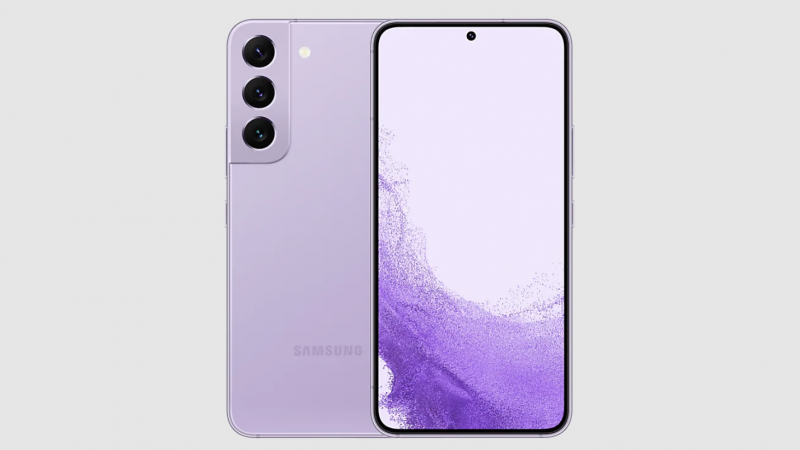For those who want TWRP on their device, you can follow the step by step instructions below to install a custom recovery on the HTC 10.
We can do some basic tasks with Android’s stock recovery mode, but there’s still a lot that we cannot do. To combat this, the amazing developer community has come up with a number of Custom Recovery options for various Android devices. CWM is a popular one, but TWRP seems to be the most requested one that I see for modern Android smartphones and tablets.
So today I’m going to show you how to install TWRP on the HTC 10.
In future tutorials, I will go through the number of different things that we can do with TWRP on the HTC 10. TWRP, or any custom recovery, is required if you want to root the HTC 10, install a custom ROM, custom kernel, select root modifications, and full Nandroid backups and restores. While most software based backup options only save things like contacts and photos, a Nandroid backup will take a complete snapshot of the selected partitions.
Note – Even if you did not unlock the bootloader of the HTC 10 the same way that did (linked in step 1), you should go through that tutorial do some of those things anyway. For example, you will need to have HTC Sync Manager installed (for the drivers), you will need to have both Developer Options and USB Debugging mode enabled, and you’ll need to have the ADB & Fastboot tools installed.
HTC 10 Install TWRP
- Unlock the Bootloader of the HTC 10
- Download the TWRP IMG file for the HTC 10
- Rename this file to “twrp.img” (without the quotes)
- Copy or move this TWRP IMG file to the Minimal ADB & Fastboot tools install folder
- For me, this is ‘C:\Program Files (x86)\Minimal ADB and Fastboot’
- Launch the Minimal ADB & Fastboot tools shortcut
- Type the following into the command prompt. . .
- adb devices
- . . .then press Enter on the keyboard
- Connect the HTC 10 to the PC with a USB cable
- Tell the HTC 10 to allow USB Debugging access from this PC
- Then boot the HTC 10 into Download Mode
- Type the following command into the command prompt. . .
- fastboot flash recovery twrp.img
- . . .and press Enter on the keyboard
- Press the Power button on the HTC 10
- Press the Volume Down button on the HTC 10 until the ‘Reboot to Bootloader’ option is highlighted
- Then press the Power button on the HTC 10 to select this option
- Press the Volume Down button on the HTC 10 until the ‘Boot to Recovery’ option is highlighted
- Then press the Power button to select this option
- Enter your PIN/Pattern/Password if prompted
- Swipe the white arrows to the right to fully install TWRP (if you want it completely installed)
Explanation
As mentioned, you will need to have some of the things set or set up again from the bootloader unlock tutorial. Since unlocking the bootloader resets all of your data and preferences, you’ll need to go through and enable Developer Mode as well as enabling USB Debugging mode on the HTC 10 again. If you unlocked the bootloader in a different way than I did, you may also need to install HTC Sync Manager as well as ADB & Fastboot tools if you haven’t done so already.
With all of that done, you can then start the ADB service, grant USB Debugging access from the PC and then boot the HTC 10 into Download Mode. You’ll also need to go ahead and download TWRP for the HTC 10 (which is linked in step 2 above). Once downloaded, rename it to twrp.img (so its easier to type out the flash command), and then copy or move it into the same directory that you have your ADB and Fastboot EXE files in.

We can then turn our attention back to the command prompt, so you can execute the fastboot flash command and copy over the stock recovery image with the newly downloaded TWRP image file. You’ll get feedback on the progress via the HTC 10 screen, and will be asked to press the Power button to continue. This will take you back to the Download Mode main menu, and from here you can boot over into Bootloader Mode.
You’ll do this so that you can boot right into Recovery Mode, which is what your newly installed TWRP custom recovery will be. During your first boot into TWRP, you’ll be asked if you want to keep it Read Only, or if you want to fully install it (by swiping the white arrows to the right). It’s your choice as to which option you go with, but since I want my default recovery to be TWRP, I swiped the white arrows to the right in the embedded video above.
Selecting the Read Only option will let you use TWRP for now, but it will be overwritten with the stock recovery when you boot back into Android. This can be what some people want, but I prefer to have it fully installed. If you go with the Read Only route though, you’ll need to go through this entire process again if you want to use TWRP again. Once you pick your option, you can then use TWRP to install ZIP or IMG files, make/restore backups, etc.
If you just want to go back into Android though, tap on the Reboot button at the bottom right and then tap on the System button at the top left. This will reboot the HTC 10, and then you’ll be taken back into Android as shown in the video above.






and I followed the steps and everything was fine until when on htc 10 evo I select Boot to Recovery ’for a few seconds I get a warning in red letters that says This build is for development purposes only.
Do not distribute outside of HTC without HTC’s written permissions.
Failure to comply may lead to legal action. Then it returns me to the white screen, it does not let me continue. what would be the problem?
I don’t own the phone anymore (I had to sell it to pay for a newer phone, I’m sorry), but this XDA thread may be helpful to you – https://forum.xda-developers.com/htc-10/help/qa-bricked-boot-looping-question-create-t3741769/page5